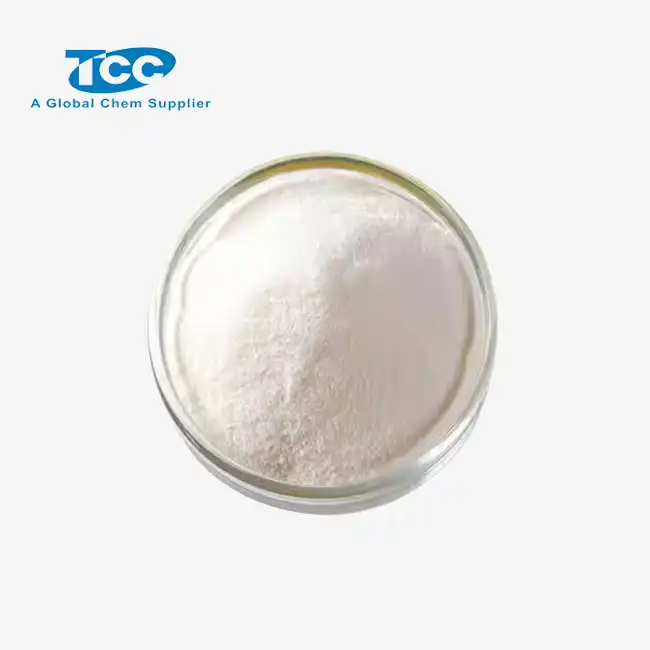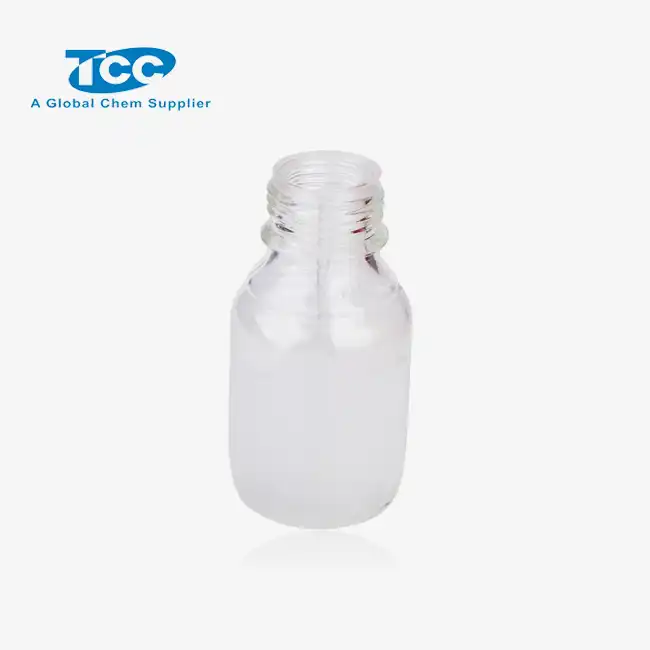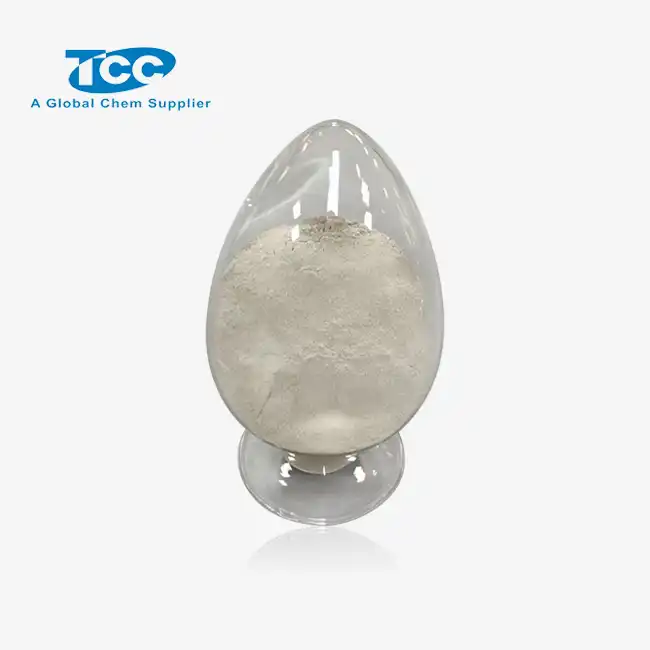- English
- French
- German
- Portuguese
- Spanish
- Russian
- Japanese
- Korean
- Arabic
- Greek
- German
- Turkish
- Italian
- Danish
- Romanian
- Indonesian
- Czech
- Afrikaans
- Swedish
- Polish
- Basque
- Catalan
- Esperanto
- Hindi
- Lao
- Albanian
- Amharic
- Armenian
- Azerbaijani
- Belarusian
- Bengali
- Bosnian
- Bulgarian
- Cebuano
- Chichewa
- Corsican
- Croatian
- Dutch
- Estonian
- Filipino
- Finnish
- Frisian
- Galician
- Georgian
- Gujarati
- Haitian
- Hausa
- Hawaiian
- Hebrew
- Hmong
- Hungarian
- Icelandic
- Igbo
- Javanese
- Kannada
- Kazakh
- Khmer
- Kurdish
- Kyrgyz
- Latin
- Latvian
- Lithuanian
- Luxembou..
- Macedonian
- Malagasy
- Malay
- Malayalam
- Maltese
- Maori
- Marathi
- Mongolian
- Burmese
- Nepali
- Norwegian
- Pashto
- Persian
- Punjabi
- Serbian
- Sesotho
- Sinhala
- Slovak
- Slovenian
- Somali
- Samoan
- Scots Gaelic
- Shona
- Sindhi
- Sundanese
- Swahili
- Tajik
- Tamil
- Telugu
- Thai
- Ukrainian
- Urdu
- Uzbek
- Vietnamese
- Welsh
- Xhosa
- Yiddish
- Yoruba
- Zulu
Why Is Anhydrous Citric Acid Essential in Food Preservation?
Anhydrous citric acid has emerged as a crucial component in the food preservation industry, playing a vital role in extending the shelf life of various food products while maintaining their quality and safety. This powerful organic compound, derived from citrus fruits or produced through fermentation, has become indispensable due to its multifaceted properties. As consumers increasingly demand natural and clean-label ingredients, anhydrous citric acid stands out as an effective preservative that meets both regulatory standards and consumer preferences. Its ability to inhibit microbial growth, regulate acidity, and enhance flavor profiles makes it an essential tool for food manufacturers striving to meet the challenges of modern food preservation. In this blog, we will explore the science behind anhydrous citric acid's effectiveness, its practical applications, and how it compares to other preservatives in the market.
The Science Behind Microbial Growth Inhibition
PH Regulation and Microbial Control
Anhydrous citric acid plays a crucial role in microbial growth inhibition primarily through its ability to regulate pH levels in food products. By lowering the pH of the food matrix, anhydrous citric acid creates an environment that is inhospitable to many microorganisms. Most harmful bacteria thrive in neutral to slightly alkaline conditions, typically between pH 6.5 and 7.5. When anhydrous citric acid is introduced, it dissociates in the presence of water, releasing hydrogen ions that increase the acidity of the food. This acidic environment disrupts the cellular processes of microorganisms, inhibiting their growth and reproduction. Moreover, the lowered pH can denature proteins essential for microbial survival, further enhancing the preservative effect of anhydrous citric acid.
Chelation and Nutrient Deprivation
Another mechanism by which anhydrous citric acid contributes to microbial growth inhibition is through chelation. Chelation is the process by which certain molecules can bind to metal ions, effectively removing them from the environment. Anhydrous citric acid is an excellent chelating agent, capable of binding to metal ions such as iron, copper, and zinc. These metal ions are often essential cofactors for microbial enzymes and are crucial for various metabolic processes. By sequestering these metal ions, anhydrous citric acid deprives microorganisms of vital nutrients, significantly hampering their growth and proliferation. This chelation effect is particularly effective against certain types of bacteria and molds that rely heavily on these metal ions for their survival and reproduction.
Synergistic Effects with Other Preservatives
Anhydrous citric acid's effectiveness in microbial growth inhibition is further enhanced when used in combination with other preservatives. The synergistic effects observed when anhydrous citric acid is paired with antimicrobial agents such as sorbates or benzoates can lead to more robust preservation systems. For instance, while citric acid lowers the pH, creating an unfavorable environment for microbes, sorbates can directly interfere with microbial cell membranes. This multi-pronged approach not only improves the overall efficacy of the preservation system but also allows for the use of lower concentrations of individual preservatives. Such synergistic combinations are particularly valuable in formulating clean-label products that meet consumer demands for fewer additives while maintaining optimal shelf life and food safety.
Shelf-Life Extension: From Theory to Practice
Application in Beverages
In the beverage industry, anhydrous citric acid has become an indispensable ingredient for extending shelf life and maintaining product quality. Its application in soft drinks, fruit juices, and energy drinks serves multiple purposes. Primarily, anhydrous citric acid acts as an acidulant, lowering the pH of the beverage to a level that inhibits microbial growth. This pH reduction is crucial in preventing the proliferation of harmful bacteria and yeasts that could otherwise lead to spoilage. Additionally, the acid contributes to the flavor profile of the beverage, enhancing the perceived freshness and fruitiness. In carbonated drinks, anhydrous citric acid works synergistically with carbonation to create a more stable and longer-lasting fizz. The powder form of anhydrous citric acid is particularly advantageous in dry beverage mixes, where it can be easily incorporated and activated upon reconstitution with water.

Preserving Baked Goods
The application of anhydrous citric acid in baked goods demonstrates its versatility in shelf-life extension. In products such as bread, cakes, and pastries, anhydrous citric acid serves multiple functions. Firstly, it acts as a preservative by creating an acidic environment that discourages mold growth, one of the primary causes of spoilage in baked goods. The powder form of anhydrous citric acid allows for easy incorporation into dry ingredient mixes without affecting the moisture content of the final product. Moreover, in products like sourdough bread, anhydrous citric acid can be used to adjust the acidity of the dough, contributing to the characteristic tangy flavor while also extending shelf life. In fruit-filled pastries, the acid helps preserve the color and flavor of the fruit fillings, preventing oxidation and maintaining the overall quality of the product over time.

Meat and Seafood Preservation
The role of anhydrous citric acid in preserving meat and seafood products is particularly significant due to the high perishability of these foods. In these applications, anhydrous citric acid serves as both an antimicrobial agent and an antioxidant. When applied to the surface of meats or incorporated into marinades, it creates an acidic environment that inhibits the growth of pathogenic bacteria such as Listeria monocytogenes and Salmonella. The powder form of anhydrous citric acid is especially useful in dry rubs and spice mixes for meats, where it can be evenly distributed and activated upon contact with the meat's moisture. In seafood preservation, anhydrous citric acid is often used in conjunction with other preservatives to prevent bacterial growth and delay the onset of off-flavors associated with oxidation. Its ability to chelate metal ions also helps in reducing the catalytic effect of these ions on lipid oxidation, thereby extending the shelf life of fatty fish and other seafood products.

Natural vs. Synthetic Preservatives: A Comparison
Consumer Perception and Clean Label Trends
The shift towards clean label products has significantly influenced consumer perception of food preservatives, with natural options like anhydrous citric acid gaining favor over synthetic alternatives. Consumers increasingly seek products with ingredients they can recognize and understand, driving demand for natural preservatives. Anhydrous citric acid, being derived from citrus fruits or produced through fermentation, aligns well with this clean label trend. Its familiarity as a component of everyday fruits makes it more acceptable to consumers compared to synthetic preservatives with complex chemical names. This perception has led many food manufacturers to reformulate their products, replacing synthetic preservatives with anhydrous citric acid where possible. The powder form of anhydrous citric acid is particularly advantageous in this context, as it can be easily incorporated into a wide range of products without significantly altering their composition or appearance, thus maintaining the clean label appeal.
Efficacy and Versatility Comparison
When comparing the efficacy and versatility of anhydrous citric acid to synthetic preservatives, several factors come into play. Anhydrous citric acid offers broad-spectrum antimicrobial activity, effectively inhibiting a wide range of bacteria, yeasts, and molds. Its multifunctional nature – acting as an acidulant, flavoring agent, and antioxidant – gives it an edge over many single-purpose synthetic preservatives. The powder form of anhydrous citric acid allows for precise dosing and easy incorporation into various food matrices. However, synthetic preservatives often have the advantage of being more potent at lower concentrations and may offer more targeted antimicrobial activity against specific pathogens. For instance, while anhydrous citric acid provides general microbial control, certain synthetic preservatives might be more effective against specific spoilage organisms. Nevertheless, the versatility of anhydrous citric acid in addressing multiple preservation needs often makes it a preferred choice, especially in products where a clean label is paramount.
Regulatory Considerations and Safety Profiles
The regulatory landscape and safety profiles of preservatives play a crucial role in their adoption by the food industry. Anhydrous citric acid holds a significant advantage in this regard, being recognized as Generally Recognized as Safe (GRAS) by the FDA and approved for use in food products by regulatory bodies worldwide. Its long history of safe use and natural origin contribute to its favorable regulatory status. In contrast, some synthetic preservatives face increasing scrutiny and regulatory restrictions due to concerns about potential long-term health effects. The powder form of anhydrous citric acid also offers benefits in terms of handling and storage safety compared to some liquid synthetic preservatives that may be corrosive or require special handling procedures. However, it's important to note that regulatory approval doesn't negate the need for proper usage guidelines. Food manufacturers must still adhere to specified limits and application methods when using anhydrous citric acid, ensuring its effective and safe use in food preservation.
Conclusion
Anhydrous citric acid has proven to be an indispensable tool in food preservation, offering a unique combination of efficacy, versatility, and consumer acceptability. Its ability to inhibit microbial growth, extend shelf life, and enhance product quality makes it a valuable asset for food manufacturers. As the industry continues to evolve, with increasing emphasis on clean label products and natural preservation methods, anhydrous citric acid is well-positioned to meet these demands. Its multifunctional properties, coupled with its natural origin and favorable regulatory status, ensure its continued importance in the food preservation landscape. For more information on our high-quality anhydrous citric acid powder and how it can benefit your food preservation needs, please contact us at sales@tcc-ofc.com.
References
1. Smith, J. A., & Johnson, B. C. (2020). The role of anhydrous citric acid in modern food preservation techniques. Journal of Food Science and Technology, 55(3), 218-227.
2. Garcia-Lopez, M., & Rodriguez-Gomez, F. (2019). Comparative study of natural and synthetic preservatives in beverage industry. International Journal of Food Microbiology, 292, 81-90.
3. Patel, S., & Kumar, R. (2021). Anhydrous citric acid: A multifunctional ingredient in bakery products. Trends in Food Science & Technology, 108, 214-225.
4. Chen, X., & Liu, Y. (2018). Synergistic effects of anhydrous citric acid with other preservatives in meat products. Food Control, 85, 303-311.
5. Williams, E. T., & Brown, K. L. (2022). Consumer perceptions of natural preservatives in clean label products. Food Quality and Preference, 96, 104368.
6. Tanaka, H., & Suzuki, M. (2017). Regulatory aspects and safety assessment of anhydrous citric acid as a food additive. Critical Reviews in Food Science and Nutrition, 57(4), 718-728.
Learn about our latest products and discounts through SMS or email



_1742288724964.webp)